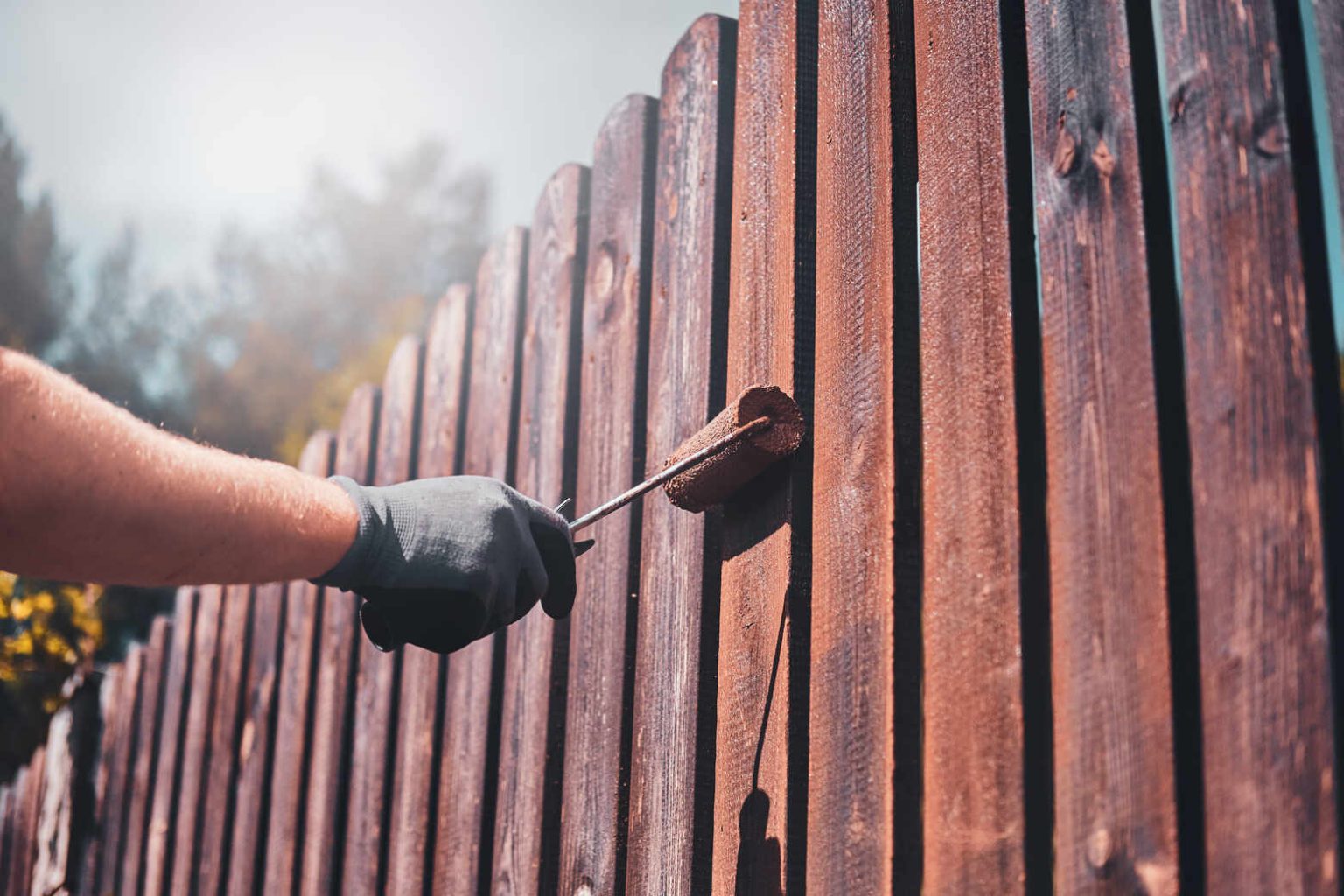Improve Your Property's Charm with Costs Fence Staining!
Wiki Article
How to Pick the Right Fence Stain for Your Residential Or Commercial Property
When it concerns enhancing the look and longevity of your property's fence, selecting the ideal discolor is a crucial choice that needs careful consideration. With a myriad of options readily available out there, each dealing with various timber types, shades, and transparency degrees, the process can rapidly come to be overwhelming. Nonetheless, making an informed choice can substantially impact the total aesthetics and durability of your fence. How can you guarantee that you select the best fence stain that aligns with your building's design and maintenance needs? Allow's check out some crucial aspects to guide you in this decision-making procedure.Recognizing Wood Types
To pick the suitable fencing tarnish, it is essential to have an extensive understanding of the numerous kinds of timber generally utilized for fence. When choosing a fencing discolor, it is essential to take into consideration the kind of timber being made use of to make sure compatibility and ideal defense. Recognizing the features of various wood kinds will help you make an informed choice when it comes to selecting the appropriate fencing discolor for your home.Choosing the Right Color
Selecting a suitable color for your fence stain is an important decision that considerably impacts the total visual appeal of your residential or commercial property. The color you select ought to enhance the design of your home, mix sympathetically with the surroundings, and mirror your personal taste. When deciding on a shade, consider the existing shade scheme of your property. For an all-natural look, natural tones like browns, greens, or grays work well. These shades can help the fencing blend right into the landscape and produce a natural appearance. If you favor an even more modern-day or bold appearance, consider going with darker tones like black or deep charcoal for a striking contrast. Lighter shades such as whites or light grays can make a fence appear bigger and add a touch of style to your home. Ultimately, the best shade selection will boost the elegance of your fence and boost the overall visual allure of your home.
Thinking About Transparency Degrees
When picking the right shade for your fence stain, another essential facet to consider is the level of openness that will best fit your property's visual and maintenance requirements. Openness degrees in fencing discolorations generally fall right into 3 categories: clear, semi-transparent, and solid. Consider the level of exposure your fence encounters, the desired maintenance regularity, and the visual you want to achieve when selecting the appropriate openness degree for your fencing tarnish.Evaluating Maintenance Demands
Thinking about the longevity and maintenance of your fence, examining the upkeep needs is essential in establishing one of the most appropriate fence stain for your home. The degree of upkeep needed for your fencing can differ depending upon elements such as the kind of timber, weather in your location, and your personal choices.When examining upkeep requirements, it is vital to think about the toughness of the fencing tarnish. Some spots require even more frequent reapplication than others, so picking a tarnish with a longer lifespan can aid decrease the total maintenance demands of your fence (Fence Staining Service). In addition, elements such as resistance to UV rays, water, and mold can affect how frequently you require to re-stain your fencing

Checking Examples Prior To Application
Prior to applying any type of fencing tarnish, it is a good idea to conduct sample examinations to make sure compatibility with the wood and preferred visual outcome (Fence Staining). Evaluating samples enables you to click now assess just how the tarnish will interact with the specific sort of wood utilized in your fence, as various woods can take in stains differently. To begin, select a little inconspicuous area of the fence to apply the discolor samples. It is advised to check numerous tarnish options on this area to compare colors and finishes. Consider just how the tarnish looks when dry, as it may show up various from its wet application. In addition, observe exactly how the tarnish complements the existing aspects in your outside room, such as landscape design or the color of your home. Bear in mind of exactly how the tarnish stands up to weather like sunshine and moisture. By checking examples before full application, you can make an informed decision that boosts the total appearance of your residential or commercial property while shielding the timber efficiently.Final Thought
In conclusion, selecting the proper fencing stain for your property includes understanding the wood type, picking the right color, thinking about openness levels, reviewing upkeep demands, and testing samples prior to application (Fence Staining Service). By taking these aspects into consideration, you can guarantee that your fence stain matches your residential or commercial property while providing the necessary defense and durability. Make an educated choice to improve the look and long life of your fenceReport this wiki page